Center for Teaching and Learning
What is the Center for Teaching and Learning (CTL)?
Think of the CTL as a resource you can and should leverage to help you achieve your full potential as an instructor. From complete course overhauls to individual assignment makeovers, from in-depth, on-going Canvas training to help with one specific issue, we've got you covered. If you are trying to find us on campus, click here for the campus map.
Do you need a video explainer for tech in your class? We can do that! Do you want to add more collaborative learning in an online setting? We have ideas for you! Our primary purpose is to support you.
Explore
Want to know more about what the CTL can do for you? Click through our pages to see what we’re up to.
Make an Appointment Today
Email the CTL for an appoint at ctl@westernwyoming.edu
Reserve the Space
Have a meeting and no place to go? Come here! Reserve the space by emailing ctl@westernwyoming.edu Be sure to include as many details you can. Enjoy space to spread out and large monitors to collaborate. Also, we have food, just saying…
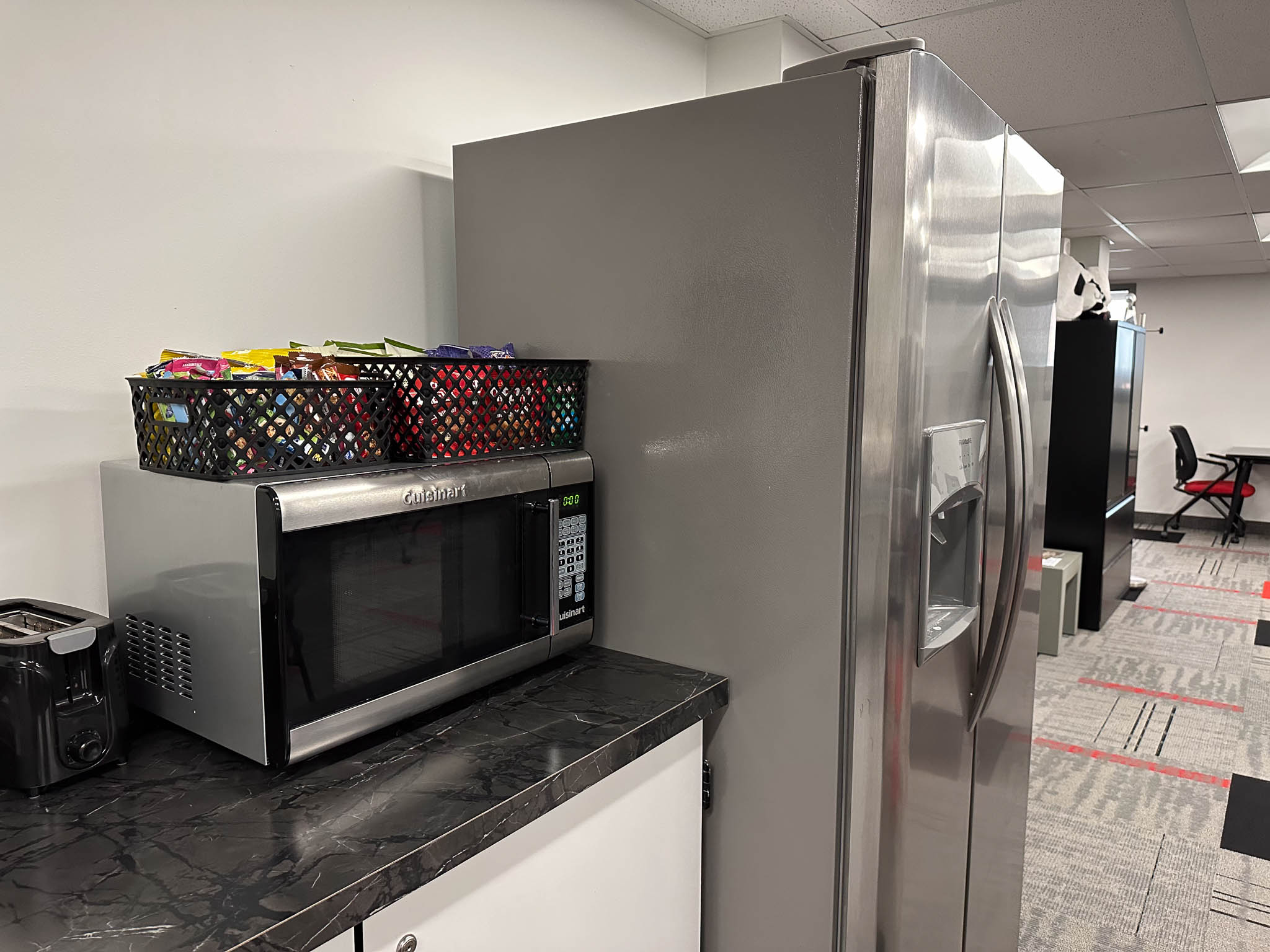
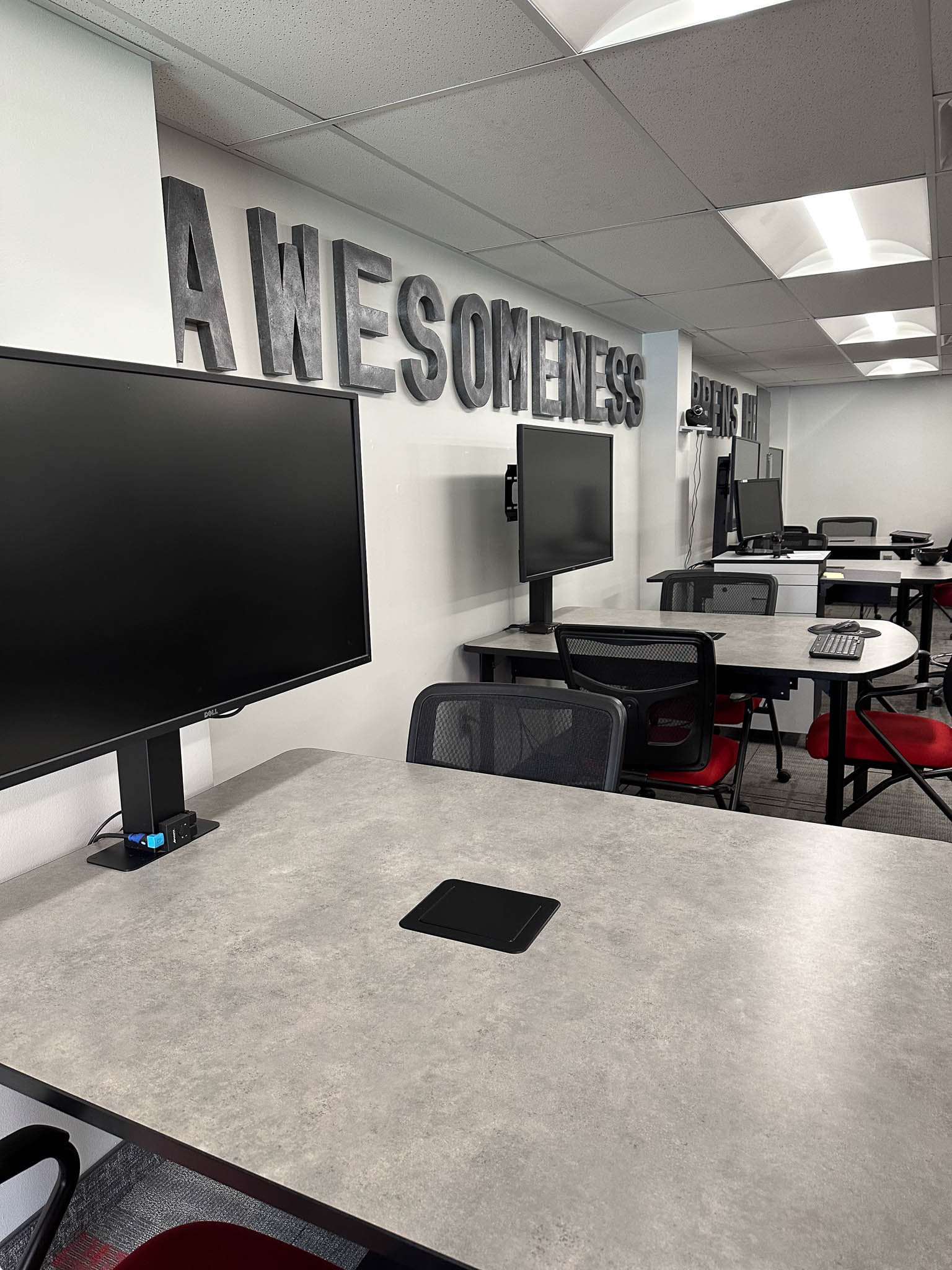
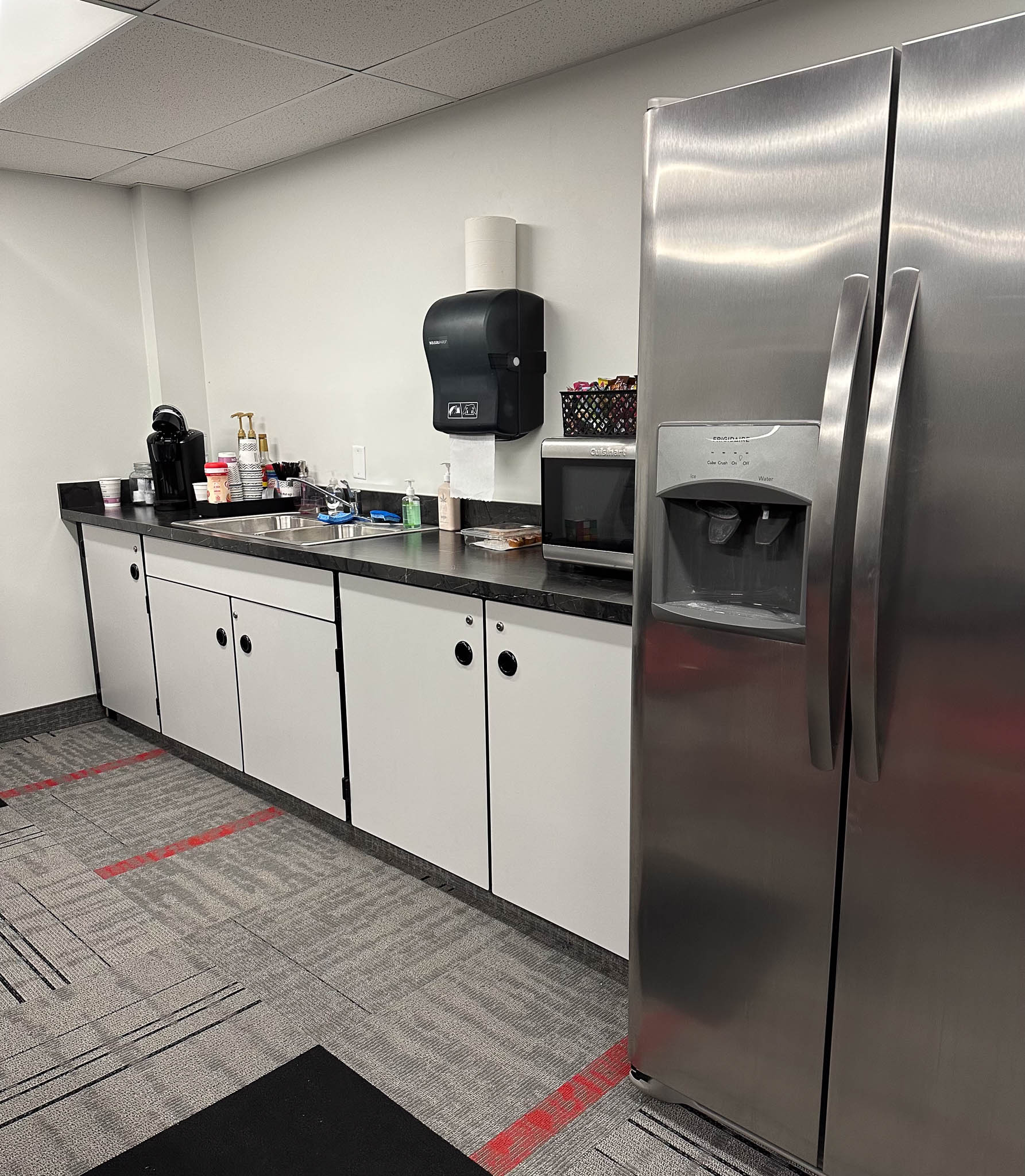
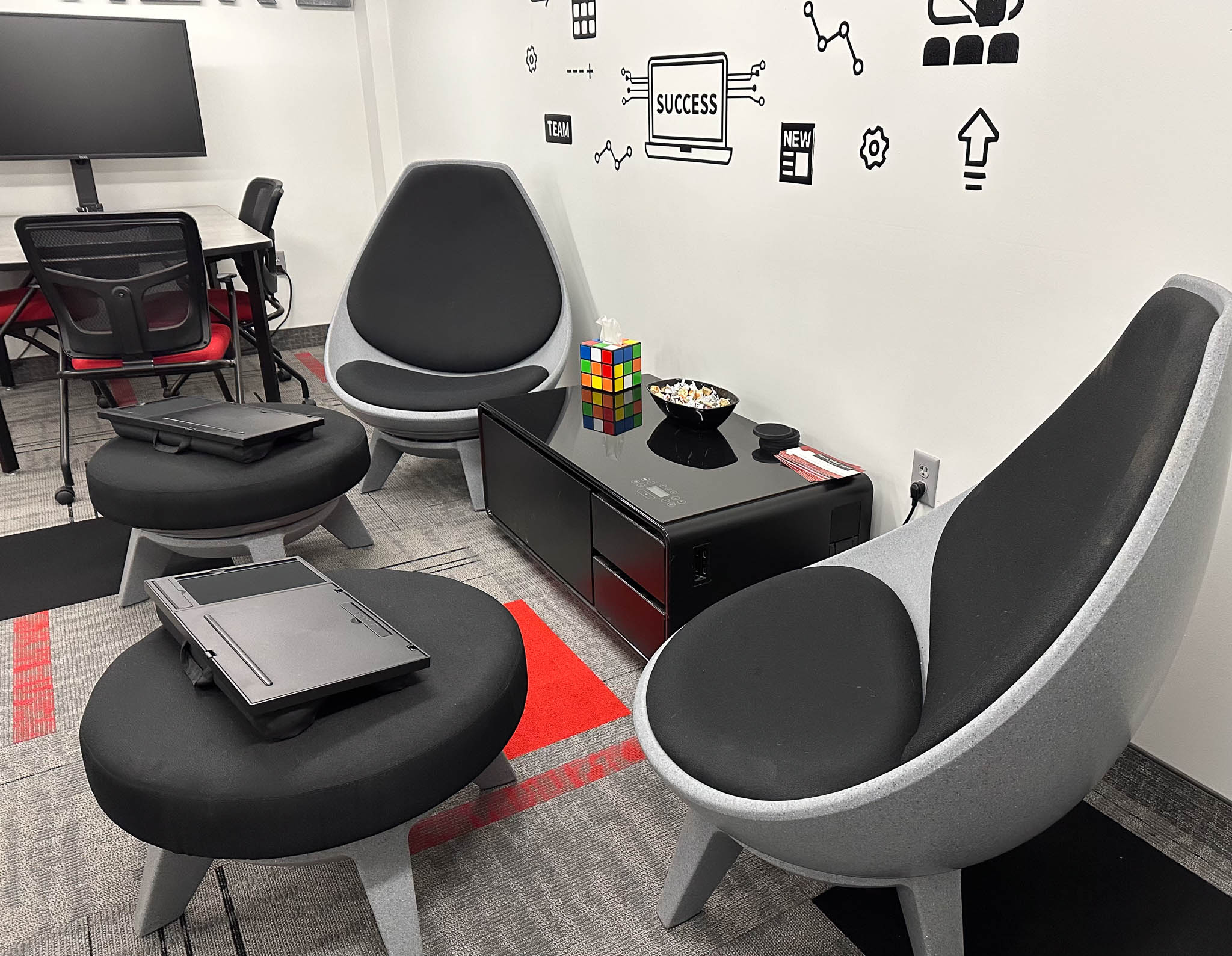
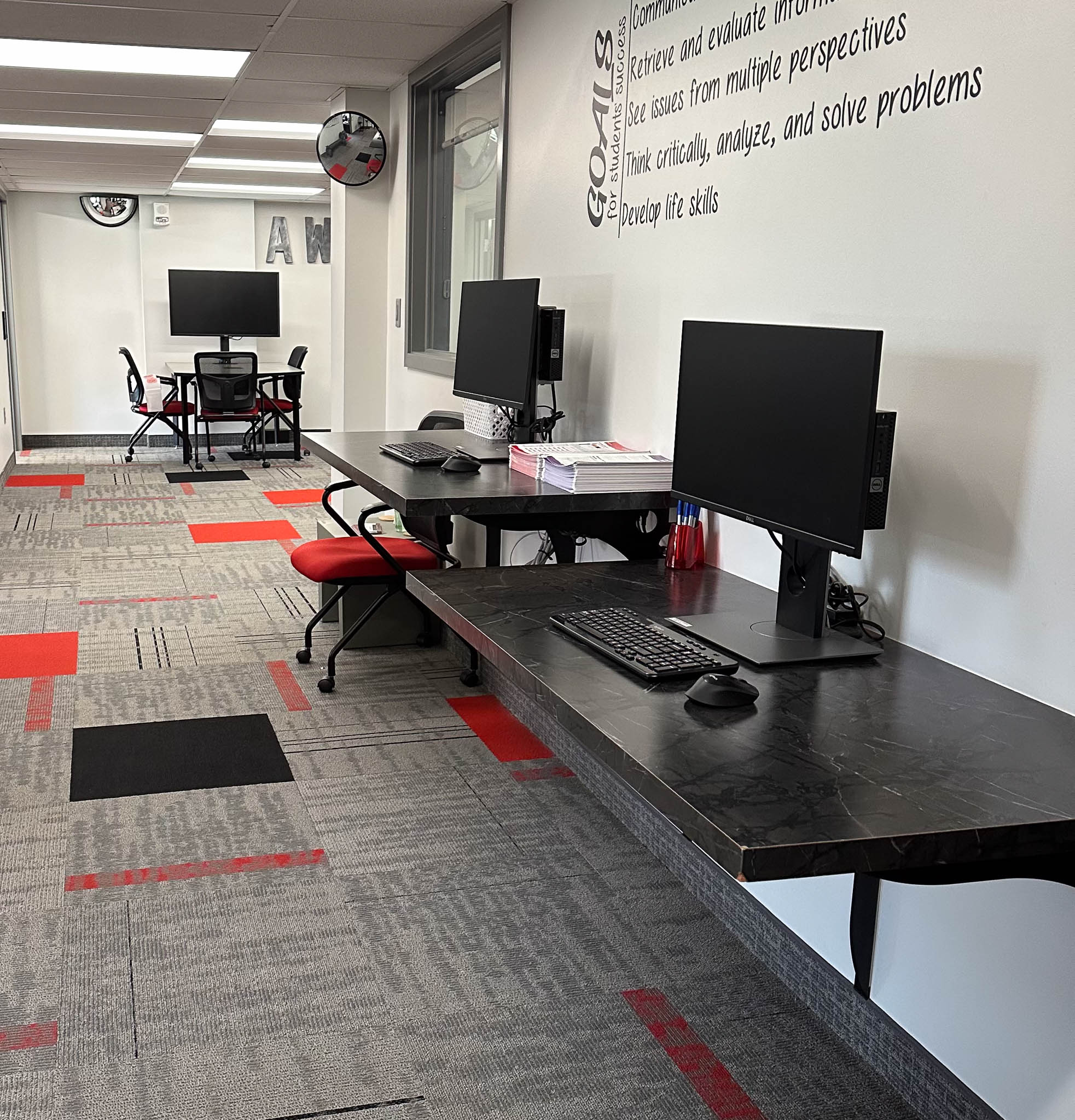
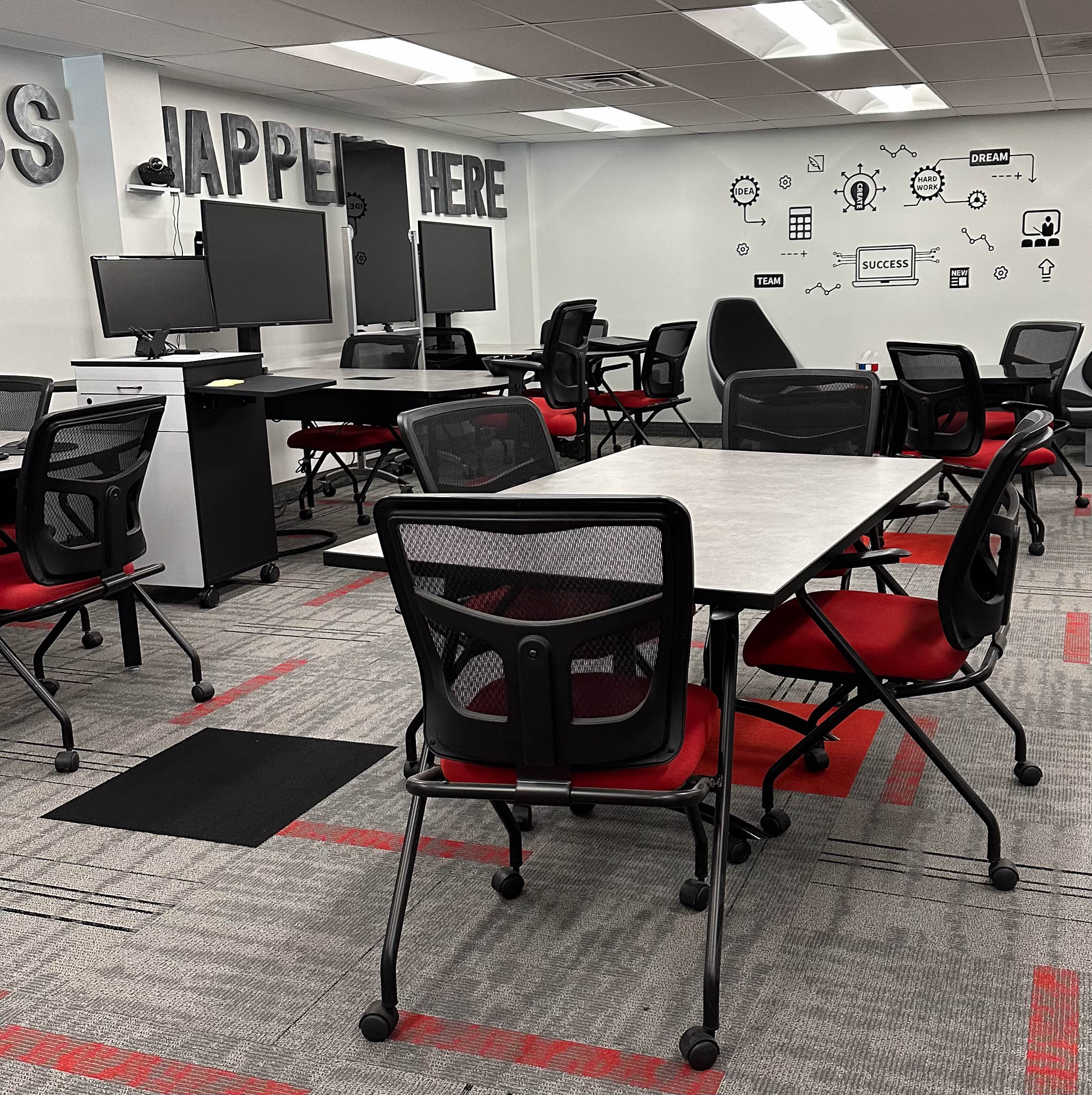
Meet the Staff
Rhonda Gamble holds a Doctorate of Education from the University of Wyoming, M.Ed. and two bachelors’ degrees also from the University of Wyoming. Prior to becoming the Director of the CTL she taught at the high school level for 19 years and taught intermittently as an adjunct faculty for Western for 13 years. She seeks to inspire fellow educators in the very human process of learning.
“Stimulating creative thinking is where I gain my drive to help instructors. I believe that the learning process can be both a science and an art. I strive to take this noble craft to its highest level, wherever that leads us. Join me on this journey of discovery and let's unlock the true potential of education together.”
Alan holds a bachelor’s degree in education from Black Hills State University. He is a passionate educator with a deep interest in offering meaningful learning experiences through the effective integration of relevant technology and purposeful design. "I am a lifelong learner, continuously seeking innovative ways to enhance the learning experiences for all users," he explains. Having taught at the high school level for four years, Alan understands the significance of prioritizing student needs in shaping effective pedagogy. “I am thrilled to be joining Western Wyoming Community College as an Instructional Designer where I can share my passion for education and contribute to fostering a supportive environment for all learners.” Alan also proudly serves as the boys' head soccer coach at Rock Springs High School. He lives in Rock Springs with his wife Zoe.
Val is the Center for Teaching and Learning’s front line for Canvas Help. She holds a BAS in Organizational Management and has worked at Western Wyoming Community College for 18 years, in Registration Records, the campus bookstore, and the last several years in the CTL.
Brittany Moore holds a MS in Learning Experience Design and Educational Technology. Prior to joining Western, she taught at the high school level for 10 years. She believes that collaboration breeds innovation and that, together, educators can create meaningful learning environments that will empower students for future success.